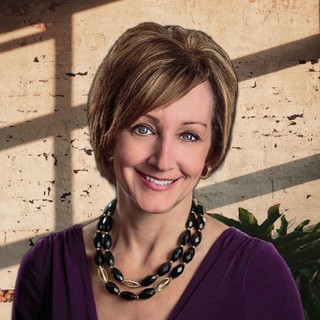Parents everywhere are an emotional wreck, sitting on pins and needles as they contemplate the upcoming school year: Will my child’s school be open? Is it safe to send my kids to school? If school doesn’t reopen, how am I supposed to homeschool these kids and work full time? You want my four-year-old to wear a mask all day?
While some states have announced that schools will reopen as planned in the fall, others have indicated they won’t. Still others say they’re taking a wait-and-see approach.
Parents, teachers, and kids are stuck in educational limbo as the COVID-19 pandemic, or what’s left of it, drags into its sixth month (or is the seventh?). The novel coronavirus, which may have hitched a ride here from Wuhan, China, as early as last December, has largely passed over school-age children, with 14 deaths nationwide in the 5-14 age group, according to the CDC, and 149 deaths in the 15-24 age group.
I am in no way trivializing the tragedy of those deaths and the suffering of the families who lost loved ones, but that’s, at most, 163 deaths out of more than 50 million students—0.000326%.
[VIP] To Homeschool or Not to Homeschool… That Is the Question
And while most schools did not begin closing down until mid-March, the first death in the 5-14 group wasn’t recorded until the last week of March and by May 1 there had only been four deaths in that cohort—a month and a half after the shutdown. Compared to the number of children who die from accidents every year (more than 12,000), COVID deaths are statistically insignificant in the younger population.
While the risk of death from COVID is small for children, teachers are a different story. Many of them fall into the high-risk category due to age or preexisting health conditions. And many families have concerns for loved ones who might come into contact with a child who brings the virus home from school, or so the argument for keeping schools shuttered goes.
Laura Hill, a fifth-grade teacher in the Akron Public School system, told PJ Media that the benefits of allowing children to return to school far outweigh the risks for students.
“The majority of our students are disadvantaged by many factors in their home and community environments,” she said. “School attendance gives our kids a stable environment and a schedule to adhere to each weekday,” along with food and counseling in many cases. “Due to the family structure in economically disadvantaged homes, there is oftentimes little academic support for our students due to the parent either having to work a schedule that is not flexible or the parent simply becoming overwhelmed.” Most of her students last year were being raised by a single mom or grandmother. “I think I had five students out of 30 who were blessed to be in a household with a mom and dad,” she explained
So what’s the answer? Do we just keep schools closed until there is a vaccine? Do we reopen and let the chips fall where they may. Or is there another option?
Melanie Elsey, national legislative director for the American Policy Roundtable, thinks she may have a solution.
During the nonprofit public policy group’s COVID briefing on Thursday (watch below), Elsey said, “There’s a time crunch now because school is starting and parents are panicking because they want their children back in school.”
“There really isn’t any reason to not put children back in school since they are not the vulnerable population,” said Elsey, a former educator. “Teachers, though, are saying, ‘What if we are at risk? What if we’re the ones who catch the disease?'”
“My solution is that schools should put everyone back—five days a week—in the classroom, business as usual,” she said. “If a parent is concerned, allow that child to do distance learning. If a teacher has a concern for their own health, let that teacher be the one who teaches the distance learning. Assign the teachers who have concerns to the distance learning.”
That seems like a perfectly reasonable solution, doesn’t it? The people who are frightened and want to exercise extra caution can stay home, while those who think it’s safe to return to school can do so.
While Hill says older students might be able to handle remote learning, she thinks younger students, especially those in urban schools like the one where she teaches, “would feel more emotional stability if they could return to school full-time.”
“I know that some of the older people on staff in our building, especially those who are either immune-deficient in some way or have family members at greater risk do not want to return to their classrooms,” Hill said.
“I do think parents should be given options. If parents can provide a safe and stable environment that allows their student to work at home and desires to keep their child home to learn remotely they should have that right.” And teachers who don’t feel safe due to true health concerns “should be given the privilege to teach those students who will learn remotely.”
Sure, there will need to be some shuffling if some teachers remain at home while others return to the classroom. The regular first-grade teacher who decides she’s not ready to return to school might find herself with a fourth-grade online class—or a mixed-age class—but with a little flexibility and creativity it could be done.
The extraordinary times we live in call for outside-the-box solutions. Now’s as good a time as any—better, perhaps—to rethink the way we educate our children and to look for creative solutions to deal with the issues we face.
Follow me on Twitter @pbolyard
Editor’s Note: Want to support PJ Media so we can keep telling the truth about China and the virus they unleashed on the world? Join PJ Media VIP and use the promo code WUHAN to get 25% off your VIP membership










Join the conversation as a VIP Member